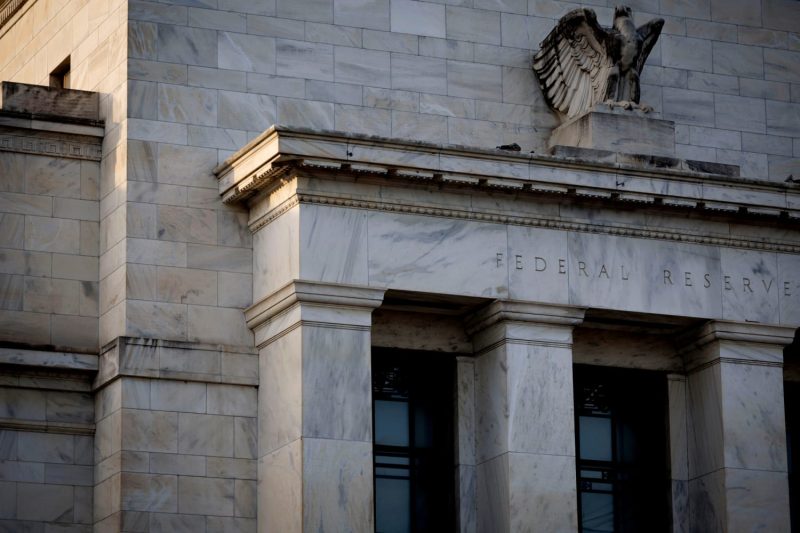The Federal Reserve, or Fed as it is commonly known, plays a crucial role in shaping the economy of the United States and impacting global financial markets. Investors and markets closely follow the Fed’s decisions on interest rates, monetary policy, and economic outlook. Currently, there is increasing clamor within the markets for the Fed to start cutting rates soon, in response to various economic indicators and signals.
One key factor driving the calls for rate cuts is the recent inversion of the yield curve. In August 2019, the yield on 10-year Treasury bonds fell below that of 2-year notes, a trend that has historically been a reliable indicator of an impending recession. The inversion of the yield curve has raised concerns among investors and economists about the health of the economy and the potential for a downturn in the near future.
Another factor contributing to the demand for rate cuts is the ongoing trade tensions between the United States and China. The trade war has created uncertainty in global markets and has led to a slowdown in economic growth in both countries. The Fed is under pressure to take action to support the economy and offset the negative effects of the trade dispute.
Furthermore, weakening economic data, such as slowing job growth and softening manufacturing activity, have heightened concerns about the strength of the economy. Inflation has also remained below the Fed’s target of 2%, leading some to argue that rate cuts are necessary to stimulate economic activity and boost inflation to healthier levels.
In addition to domestic factors, global economic conditions, such as slowing growth in Europe and the possibility of a no-deal Brexit, are also influencing calls for rate cuts. The interconnected nature of the global economy means that developments outside the United States can have significant implications for domestic economic outlook and monetary policy.
Despite the growing pressure on the Fed to cut rates, there are also dissenting voices that argue against such a move. Some believe that the economy is still fundamentally strong and that rate cuts could do more harm than good in the long run. Critics of rate cuts point to the risks of asset bubbles, excessive borrowing, and limited policy space in case of a future downturn.
In conclusion, the markets are eagerly anticipating the Fed’s next moves and are pushing for rate cuts to address the various economic challenges facing the United States and the global economy. The Fed faces a delicate balancing act in evaluating the need for stimulus against the risks of overreacting and creating new problems. The coming months will be crucial in determining the Fed’s course of action and its impact on financial markets and the broader economy.

